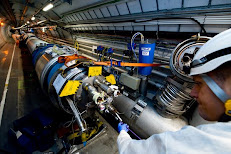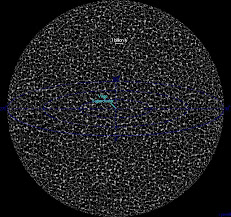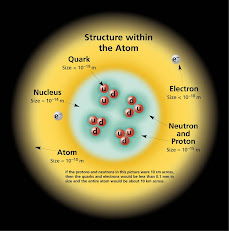Designing is the art and science of specifying a solution or a mix of solutions to a technical problem.
As we have learned, a problem is a gap between two states, the present and the desired. A solution is anything that removes the gap. An engineer does not only have to exhaust all possible solutions but he also has to put measurements to any solution or a mix of solutions he would advance to the party who owns the problem.
Hence, we may say that designing is the act of citing the length, width, height, mass, color, texture, raw material, resistivity, pressure, velocity, temperature, etc of any solution.
As an art, designing requires the subjective preferences of the designer. His work is an external expression of his internal qualities. Thus, there were several design proposals for the New York City Freedom Tower, the replacement for the World Trade Center twin towers. (Refer to www.glasssteelandstone.com/BuildingDetail/439.php) As a science, designing must avail of the principles, laws, theories, postulates and other forms of knowledge in the databank of information acquired through the scientific method. The NYC Freedom Tower must be built with due respect to gravity, material strength, etc.
Designing can be done to a very tiny object like the chemical components of a drug or a massive system like the Large Hadron Collider. Regardless of the size of the output, design involves certain basic principles.
Any design must be functional. – Regardless of any other consideration, the item being designed must perform its function. Any drug designed at the molecular level must cure the disease it was intended for. The Large Hadron Collider is currently having functionality problems; hence, it is proving to be a disappointment not only to the physicists but more so to the financiers.
Any design must be implemented with the right materials. – A spoon may be made of gold or stainless steel. The golden spoon will serve exactly the same function as a stainless one. So why make it out of gold? Only perhaps the whims of a very rich owner would justify it.
Any design must incur the least possible cost. – Economics is a very vital criterion in the choice of the best solution. Why spend a single peso more than what it takes to avail of the use of any item?
Any design must last for the expected life span. – A solution cannot qualify as one if it stops functioning before the job is done. A spoon that bends when used to scrape rice from a pot is not a solution to the problem of transferring the food to the plate. A drug that expires before the disease is eliminated is no solution at all.
Any design must conform to aesthetics and appeal to all five senses. – Any solution must conform to man’s appreciation of “beauty.” A drug packaged like the droppings of a goat will not have many users. In this particular example, we may extend the principle to “taste” since a drug that is so bitter will be avoided in the market.
Before we leave this topic, it would be helpful to know certain artistic principles of design.
Unity and variety. – All the elements in the design must “belong together.” On the other hand, the designer might use contrasting elements to attract attention and avoid monotony.
Proportion. – There should be size relationships between two parts or between one part and the whole.
Balance. – The design must project stability through a good layout of the parts which can be symmetrical or asymmetrical.
Rhythm. – The design may manifest a repetition of form, line, texture or color.
Wednesday, February 3, 2010
Subscribe to:
Post Comments (Atom)






have you ever thought about designing a cap for the BP oil spill? the pipe, i mean.
ReplyDeleteManay and Chi-Chi